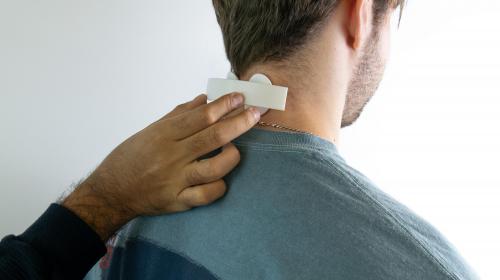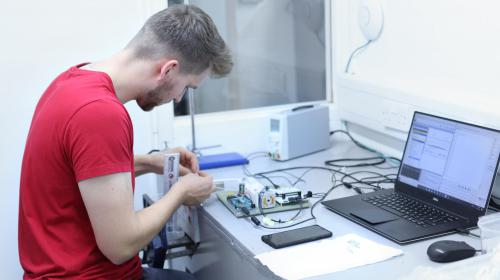What are the main regulatory requirements for designing medical devices in the UK and EU?
Designing a medical device is more than an engineering challenge; it also requires navigating strict regulations to ensure patient safety and clinical reliability. In this helpful article, we’ll explain the main regulatory requirements for designing medical devices in the UK and EU.

Understand classification early
Medical devices are grouped by risk: Class I (low), IIa/IIb (medium), and III (high). A misstep here can delay development and approval, so getting the classification right upfront is critical.
Use a recognised quality system
ISO 13485 gives structure to how you manage design, manufacturing and post-market activities. It’s not just a requirement—it makes processes more efficient and traceable.
Manage risk from the start
ISO 14971 asks you to identify and reduce potential risks across the product’s life. Think user error, damage during use, or unclear displays. These aren’t just hypotheticals—they’re part of your legal and ethical responsibilities.
Focus on usability
Regulators want to see that devices are safe and usable. That means involving real users—clinicians, patients, carers—early in the process. If a product is confusing or easy to misuse, it won’t pass.
Understand certification
In the UK, you’ll need a UKCA mark. For the EU, it’s the CE mark under the MDR. Both require solid documentation, clinical evaluation, and often a notified body audit.

Where IDC fits in
IDC helps medical device companies navigate from concept to compliance. With in-house regulatory support, testing and design expertise, we help you meet the standards without losing momentum.


